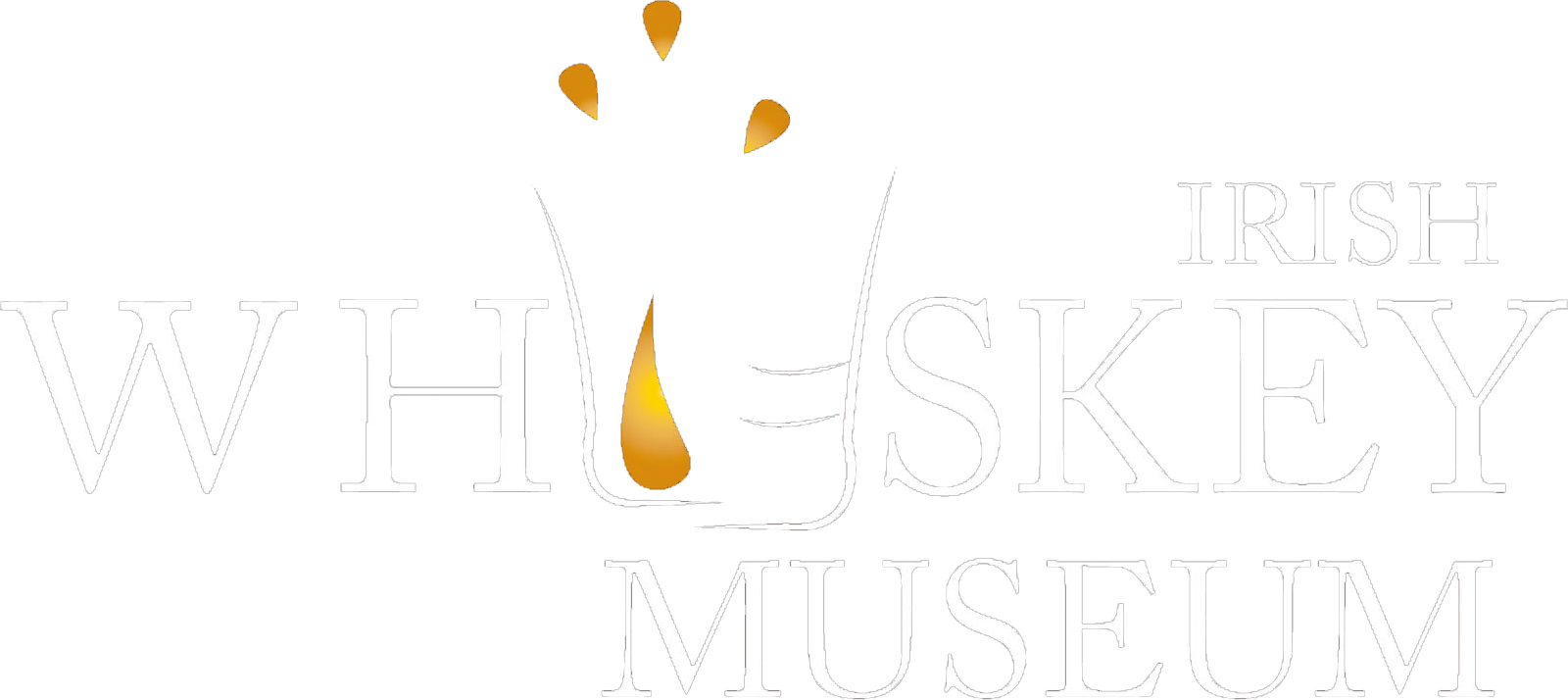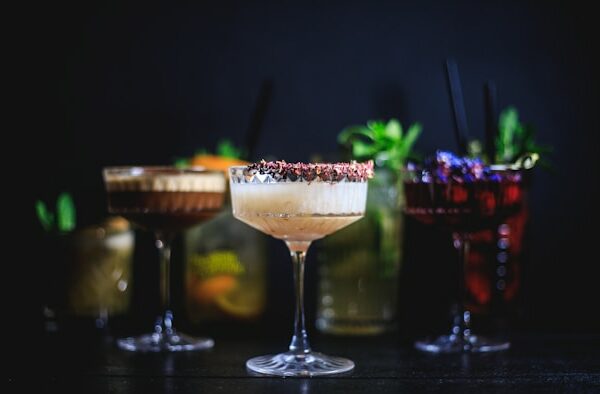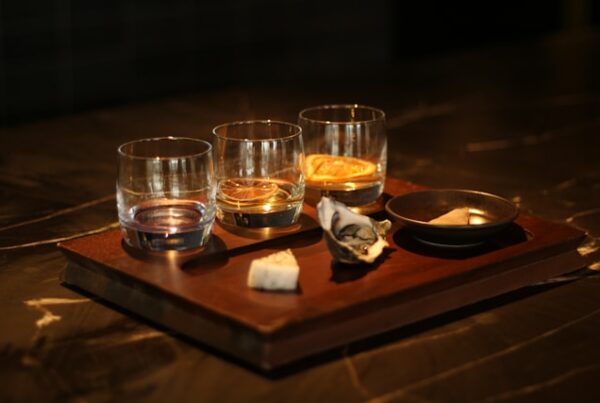Ireland is famous for its history of Irish whiskey production. There is a great variety of different brands and flavours from all over the country. But are there certain characteristics, unique touches, and flavours the Irish whiskey regions are known for? In this post, we’ll let you know about the regional influences on Irish whiskey.
Why are there regional influences on Irish whiskey?
The Irish regions can differ vastly in their climate and terrain, resulting in a different environment in which the whiskeys are produced and matured and where their ingredients are taken from. Starting with the grain used in whiskey production, the differences in the soil can make an impact on the whiskey’s flavour just as well as the climate and weather conditions the grain is exposed to. And, as we know, those two can differ a lot at different locations in Ireland: While it is windy on the coast, there can be a lot of fog and rain in the mountains and slightly warmer temperatures in the south. Also, the water that is used for the whiskey can make a huge difference in the final product. Here, local water sources can range from crisp and clear mountain rivers and lakes to mineral spring water. And last but not least, the access of the distillery to international trading and other external influences can make a difference in the production process over time.
The milder Irish South and Country Cork
The southern counties of Ireland have long been at the heart of whiskey production, with County Cork standing out as one of the leading regions. The climate in this region is characterized by mild winters and more humid summers – great conditions for growing barley. The grains produced in the south are of a high quality, which is essential when crafting excellent whiskey.
County Cork is home to one of the most famous Irish whiskey distilleries, Midleton. Here, seven iconic brands are crafted, such as Jameson, Redbreast, Powers, Midleton, and the Spot Whiskeys. The Midleton distillery uses locally grown barley and water from the Dungourney River for their whiskey, which flows right on the distillery’s grounds. Just the maize they use is grown in the south of France because of its warmer climate.

Image source: Joshua Newton on Unsplash
Western Ireland and its peated whiskeys
If you look at the map of Ireland and the whiskeys produced in the country, you might notice that there are more peated whiskeys in the Irish west. Whiskeys such as Connemara Peated Single Malt or West Cork Peat Charred Cask promise a smoky, earthy flavor, caused by the grain being dried over peat fires.
Robust barley in Northern Ireland
The rugged coastlines and its wet and windy climate make Northern Ireland a great place to harvest robust and high-quality barley. Distilleries like Bushmills, the oldest whiskey distillery in the world, know that. They use the crops and the waters of the river bush to create smooth and full-bodied whiskeys with a notable malt presence due to the humidity of the region.

Image source: K. Mitch Hodge on Unsplash
Innovation and international influences in Eastern Ireland
Its proximity to the capital Dublin makes eastern Ireland a very interesting region for Irish whiskey production — and, of course, the capital itself, too. Here, many distilleries, such as Jameson, have been producing and trading whiskey for a long time. The trading and the foreign influences in the capital make Dublin a place for innovation. Here, several new distilleries have opened in the last decades, like Teelings, Roe & Co and The Dublin Liberties Distillery. Those new distilleries also like to experiment with new and interesting flavours.
When traveling through Ireland, why not try and see for yourselves where the regional differences in Irish whiskey lie, as there are many distilleries offering tours for visitors. And if you want to learn about the history and production of Irish whiskey in general, come visit us at the Irish Whiskey Museum.
Header image source: Nils Nedel on Unsplash






